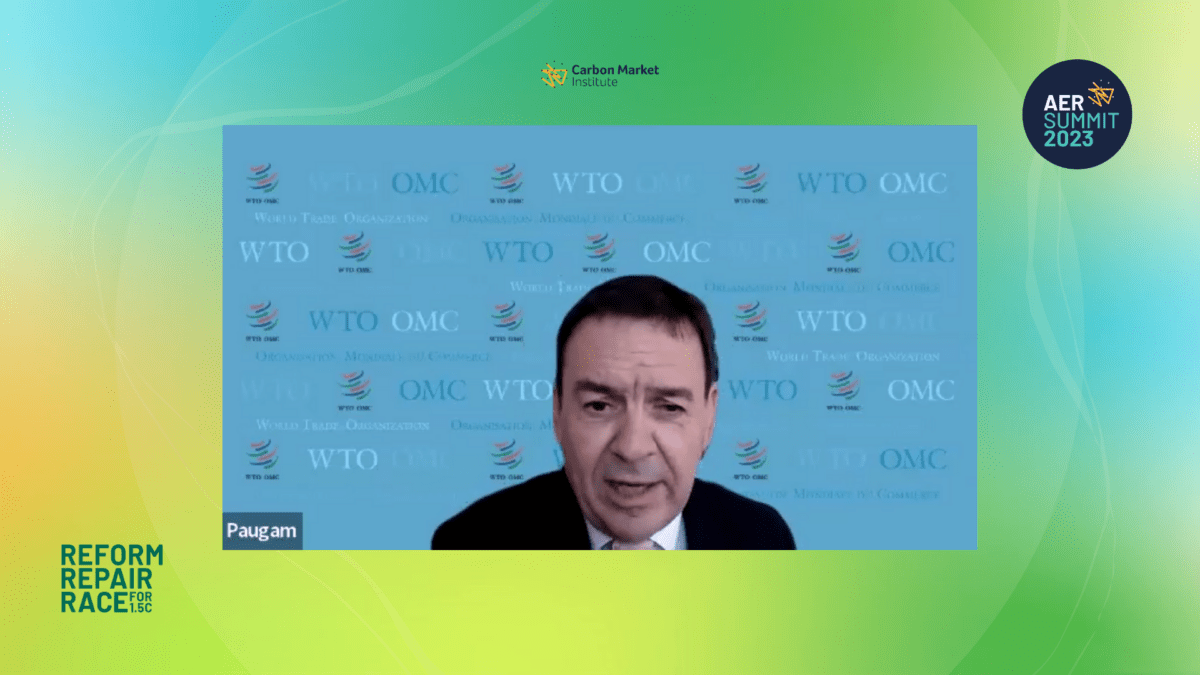As the new Government plans to tighten Safeguard Mechanism emission constraints for large industrial facilities in a little over a year, the Carbon Market Institute (CMI) and RepuTex today released a Research Paper highlighting key decisions facing the reform process.
“With industrial emissions set to overtake emissions from electricity generation as Australia’s highest emitting sector by 2024, it’s crucial we get the right investment signals and market rules from Safeguard Mechanism reforms, as well as supporting policies and public investment,” said CMI CEO John Connor.
“We expect a government consultation paper to be released shortly, and as such, the research aims to provide industry stakeholders with a critical understanding of current market trends, while helping to inform how policy could ultimately be shaped,” he said.
The CMI Research Paper, prepared by RepuTex, Potential Futures for Australia’s Safeguard Mechanism, examines different approaches to declining facility baselines under an evolved Safeguard Mechanism. It outlines four options to align covered emissions with net-zero emissions by 2050, including a fast trajectory to net-zero emissions by 2040.
The Safeguard Mechanism is a compliance framework that requires Australia’s 212 highest emitting facilities to keep their net emissions below an emissions limit, called a ‘baseline’. Under the current Safeguard Mechanism framework, emissions from covered metals, mining, oil and gas extraction, manufacturing, transport, and waste facilities have increased by 4.3% between 2016-17 and 2020-21.
The paper highlights key findings including:
- Under business as usual, emissions from the 212 facilities will reach 140 million tonnes by 2030 (18% above 2005 levels) , creating an estimated abatement task for covered facilities of 170 MT.
- All options for declining baselines can send effective long term decarbonisation investment signals, but all would require complementary market rules and transition packages to support market effectiveness and timely emission reductions.
- Proposed below-baseline Safeguard Mechanism Credits will provide incentives for industrial decarbonisation, but market rules will be required to govern their use. This will be particularly necessary in the early years of the evolved scheme, to prevent credit oversupply and minimise impact on the existing Australian Carbon Credit Unit (ACCU) industry.
- Unlike a decade ago at the start of the Carbon Pricing Mechanism (CPM), Australia now has relatively abundant offset supply, with ACCU issuance growing from just 1.8 million in 2012-13 (the start of the CPM) to over 111 million today.
- Through to 2030, 126 million new ACCUs may become available if project owners exit their existing contracts under the Emissions Reduction Fund – equivalent to 74% of the abatement task to 2030.
- Industry is therefore expected to have access to plentiful, cost-effective sources of domestic offset supply, accessible today via Australia’s developing forwards and derivatives markets. This raises questions about the need for international offsets in the short to medium term.
- Assistance measures must be carefully designed to support industry decarbonisation, while maintaining competitiveness.
- Under the existing definition of emissions intensive trade exposed (EITE), 78% of covered emissions and 56% of facilities could be classified as EITEs. Exempting these facilities from or loosening obligations for these sectors could therefore undermine Australia’s low-carbon transition, while placing a larger burden on many non-EITE sectors, that are also hard-to-abate.
- ‘Cost containment schemes’ and transition support may provide better support for internationally exposed and hard to abate sectors.
- Annual declines from base-year emissions are expected to range from 3.6 to 4.5% in three scenarios for net-zero emissions by 2050, or 5.6% for net-zero emissions by 2040.
“Modelling indicates that setting baselines to decline to net-zero will create an effective signal for long-term investment in emissions reductions, with industry incentivised to transition to cleaner processes by virtue of a more effective ‘carrot’ and ‘stick’ under the current safeguard framework. Unlike 2012, industry now has access to plentiful, cost-effective sources of domestic offset supply. This will enable the industrial sector to transition to net-zero while being supported by deep, liquid, least-cost emissions reductions,” said Hugh Grossman, Managing Director of RepuTex.
“This research highlights broad ranging policy issues that will need to be addressed to help business voluntary and compliance efforts to prosper in the transition to net-zero emissions, as well as to assist to meet and beat the new 2030 target of reducing emissions by 43% from 2005 levels,” said Connor.
“CMI looks forward to working with its members, the Government and the community on these issues in the forthcoming formal Safeguard Mechanism consultation, as well as the review into the integrity and additionality of ACCU methods,” concluded Connor.
In addition to CMI’s Post-election Briefing: 5 priorities for climate action and carbon markets, this Research Paper will also form an important backdrop to Friday’s CMI Symposium event, to be addressed by Minister for Climate Change and Energy Hon. Chris Bowen. The event will mark the 10-year anniversary of the start of Australia’s carbon markets with the commencement of the CPM.
About the research
RepuTex was engaged by the Carbon Market Institute (CMI) to undertake analysis of the current operation of the Commonwealth Safeguard Mechanism, and model scenarios to align industrial greenhouse gas (GHG) emissions with net-zero emissions by 2050.
The objective of the project is to provide stakeholders with an understanding of current Australian carbon offset market trends, and supply-demand dynamics, helping to provide a more informed basis for the design of policy settings under the ALP’s enhanced Safeguard Mechanism framework.
Analysis accounts for policy design elements contained in the ALP’s Powering Australia Plan, as described in “The Economic Impact of the ALP’s Powering Australia Plan”, undertaken by RepuTex. For example, a start date of 1 July 2023 is applied, with baselines assumed to reduce “predictably and gradually over time”, with tailored support for industry.
About the Carbon Market Institute and CMI Research
The Carbon Market Institute (CMI) is a member-based organisation that is an industry association and an independent centre of excellence for business leading the transition to net zero emissions. Its over 130 members include primary producers, carbon project developers, Indigenous corporations, legal, technology and advisory services, insurers, banks, investors, corporate entities and emission intensive industries developing decarbonisation and offset strategies.
CMI Research is a recent initiative seeking to provide evidence-based research and analysis to assist business, policy makers and the community in managing the risks and capitalising on opportunities in the transition to net-zero emissions. Research findings do not seek to represent CMI policy positions, which are determined by the CMI Board independently of its members, nor do they represent the positions of member organisations.
For further information, contact Thomas Hann on 0408 880 536 or thomas.hann@carbonmarketinstitute.org



